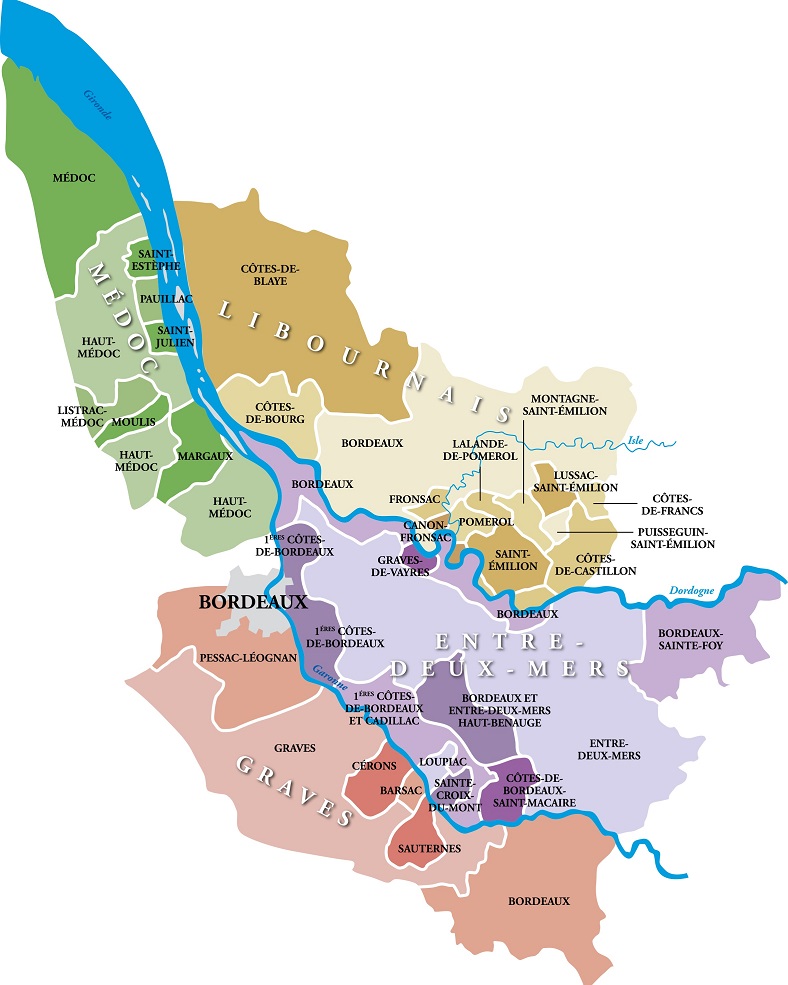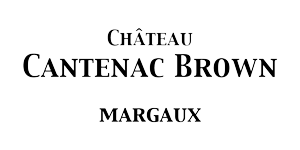Every wine lover has asked himself the same question: which wines should I have in my cellar? The richness and the diversity of wines is such that it’s easy to get lost. To be honest, there’s no such thing as a “guide to the perfect wine cellar”. First and foremost, your wine collection should reflect your personal tastes – and some of your travels too! However, in this article, Cantenac Brown gives you a few tips for building your wine cellar.
Varying regions
Building up a varied wine cellar means above all varying regions and even countries! France isn’t wine country for nothing, and from west to east and north to south, there’s a wide choice of possibilities.
To begin with, you can turn to vineyards producing wines for ageing, such as Bordeaux with its crus classés. Next, head to Burgundy, where you’ll find a wide choice of communal appellations, premiers crus and even grands crus. Round off your collection with some of the Rhône Valley’s long-keeping red wines. Then there are a few Alsace wines, including grands crus, vendanges tardives and sélection de grains nobles. And last but not least, don’t forget wines from the Loire Valley, with sweet white wines from Touraine and red wines made from Cabernet (such as Chinon or Bourgueil).
Varying vintages
Speaking of vintages, it’s also important to have bottles of different ages.
First of all, we recommend that you buy wines with different aging potential. It’s essential to take into account the vintage of the wines in your cellar. Wines from great origins are destined for long ageing, but can be served younger in lesser vintages. Conversely, more ordinary wines that should be drunk young can be kept for several years if their vintage is more popular.
Bordeaux wines, the essentials to have in your cellar
The vineyards of Bordeaux are divided into three well-defined zones. On the left bank of the Gironde are the Médoc (home to the Margaux appellation – Château Cantenac Brown) and the Graves. On the right bank we find the Libournais (and its famous Saint-Emilion) and the Blayais-Bourgeais. Finally, the Entre-Deux-Mers region is located between the right bank of the Garonne and the left bank of the Dordogne.
Grape varieties for Bordeaux red wines
Each region has its own preferred grape varieties! In Bordeaux, Cabernet Sauvignon, Merlot and Cabernet Franc dominate the ranks.
Left bank: In the Médoc, we no longer need to introduce you to the king of grape varieties: Cabernet Sauvignon. Recognizable by its freshness and the quality of the tannins it contributes, it’s perfect for blending with Merlot and Cabernet Franc in the Médoc’s grands crus. In fact, it is always vinified as a blend.
Right bank: Mainly grown in the Libourne region, Cabernet Franc gives its wines great liveliness and aromatic finesse. This grape variety is found in Saint-Emilion in particular.
Finally, Merlot, a major grape variety throughout the Bordeaux vineyards, brings suppleness and aroma to Bordeaux red wines. It thrives on cold, clayey soils, and is particularly well-suited to the Libourne region.

As you can see, to build up your cellar, don’t hesitate to vary the grape varieties. A few Médoc wines, some Margaux grands crus classés, a Pomerol, a Saint-Emilion and a few bottles of Graves will give you a varied Bordeaux collection. For a more affordable budget, don’t hesitate to turn to the second wines of the grands crus classés (Brio de Cantenac Brown).
The greatest Bordeaux vintages to build a quality cellar
1945, a legendary vintage. Despite a spring frost that drastically reduced the harvest, an exceptionally hot summer followed by a drought produced phenomenal concentration in the rows. The result? Tannic, powerful, concentrated wines. The Bordeaux wines of 1945 have undoubtedly had exceptional longevity and, 78 years on, are still dazzling.
1961, one of the best post-war vintages. Like its 1945 predecessor, the 1961 harvest was tiny but of outstanding quality. Frost struck again that year, but the warm, sunny weather that followed allowed the grapes to reach perfect ripeness.
2000, a very fine vintage for the first year of the century. In the Médoc and Graves, the 2000 vintage will be remembered as a grandiose one. The weather conditions were just right for Cabernet Sauvignon-based wines (Château Cantenac Brown – Grand Cru).
2009, an exceptional year. The 2009 vintage was marked by high degrees of alcohol, fortunately offset by excellent freshness. At Cantenac Brown, the tannins are dense and the batches have produced suave, refined wines, the balance is there. Whether on our estate or elsewhere in Bordeaux, 2009 is undeniably an exceptional vintage, a great Bordeaux.
2022, the vintage of the century? As we mentioned in our last article, many agree that 2022 will be an exceptional vintage, if not one of the finest, in the Médoc. One thing to remember: Mother Nature likes to remind us periodically that she is and will remain the mistress of the game when it comes to great vintages. Discover the 2022 vintage of Château Cantenac Brown. A final word of advice: find out how to purchase the 2022 vintage en primeur. To find out why, click here.


